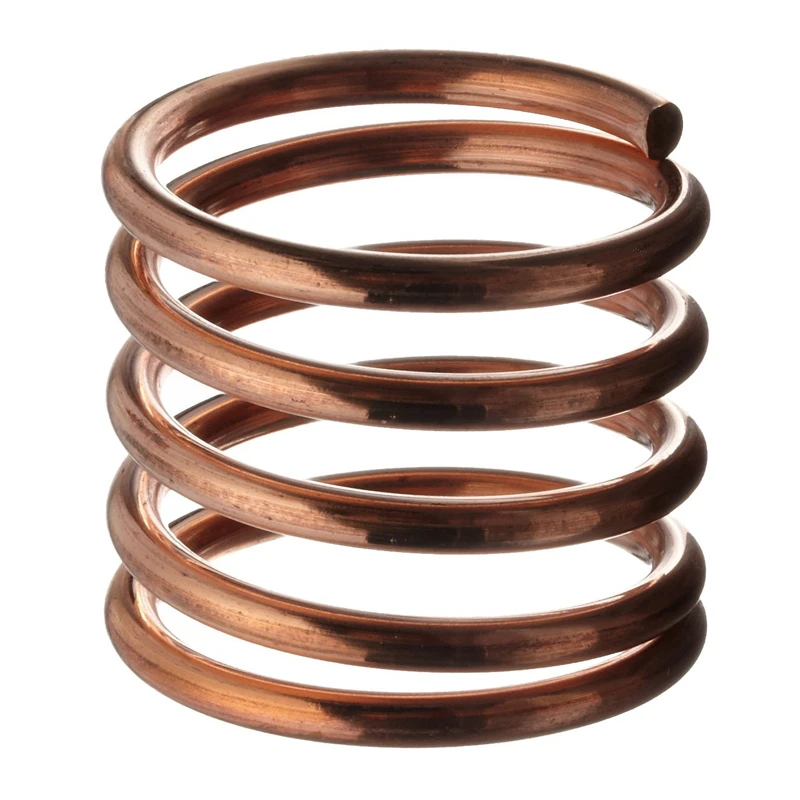
- Mobile Phone
- +8613931874955
- sales@cntcmetal.com
Various Types of Wall Ties for Cavity Construction Explained
Understanding the Types of Cavity Wall Ties
Cavity wall ties play a crucial role in the structural integrity and stability of cavity walls, which are commonly used in modern construction. These walls consist of two separate layers (or leaves) of masonry, with a gap or cavity between them. This design provides insulation and protects the inner wall from moisture. Cavity wall ties are the key components that join the two leaves together, ensuring they act as a single unit while allowing for expansion and contraction due to temperature changes. In this article, we will explore the various types of cavity wall ties, their materials, and their applications.
1. Types of Cavity Wall Ties
Cavity wall ties can be categorized based on their design and material properties. The most common types include
a
. Metal Wall TiesMetallurgical ties are perhaps the most widely used type. They are typically made from stainless steel, galvanized steel, or mild steel. Metal wall ties are favored for their strength and durability. Stainless steel ties, in particular, offer excellent resistance to corrosion, making them suitable for buildings in coastal areas or those exposed to harsh weather conditions. They come in various designs, including
- Slot ties These allow for horizontal movement between the leaves while providing support. - Twist ties Designed to create a secure bond with the masonry, twist ties help to distribute loads evenly.
b. Plastic Wall Ties
types of cavity wall ties

Plastic wall ties have gained popularity due to their resistance to corrosion and ease of installation. Typically made from high-density polyethylene or other durable plastics, these ties are lightweight and do not conduct thermal energy, which helps in improving the thermal performance of cavity walls. However, they may not offer the same level of structural support as their metal counterparts and are often used in less demanding applications.
c. Composite Wall Ties
Composite wall ties combine the benefits of both metal and plastic, often featuring a core of stainless steel wrapped in a plastic coating. This design aims to offer the robustness of metal ties with the corrosion resistance of plastics. Composite ties are particularly advantageous in environments where moisture levels are high, reducing the risk of rust and increasing the lifespan of the wall system.
2. Installation and Regulations
The proper installation of cavity wall ties is critical for ensuring the safety and stability of the building. Building codes and guidelines typically dictate the spacing and positioning of wall ties to accommodate structural loads and provide adequate drainage. Generally, ties should be installed at regular intervals – commonly every 600mm vertically and 900mm horizontally, with additional ties placed around openings such as windows and doors.
3. Conclusion
Selecting the appropriate type of cavity wall tie is essential for the overall performance of cavity wall systems. Whether choosing metal, plastic, or composite ties, factors such as environmental conditions, structural requirements, and thermal performance must be considered. By understanding the different types of cavity wall ties and their applications, builders and architects can ensure the safety, stability, and efficiency of their construction projects, ultimately enhancing the longevity of the structures they create. Proper installation and adherence to regulations further contribute to the success of cavity wall systems, making informed choices regarding wall ties all the more important.
share:
-
Your Source for Concrete Wall Ties and Masonry AccessoriesNewsJul.10,2025
-
Unlocking the Power of Iron Wire for Every ProjectNewsJul.10,2025
-
Explore Advanced Chain Wire and Stainless Steel Mesh FencingNewsJul.10,2025
-
Discover the Benefits of Annealed Wire ProductsNewsJul.10,2025
-
Discover China Stainless Steel Wire Mesh SolutionsNewsJul.10,2025
-
Build with Confidence Using High-Performance Masonry AccessoriesNewsJul.10,2025
-
Why Sacrificial Formwork Is Redefining Underground ConstructionNewsJun.06,2025



















